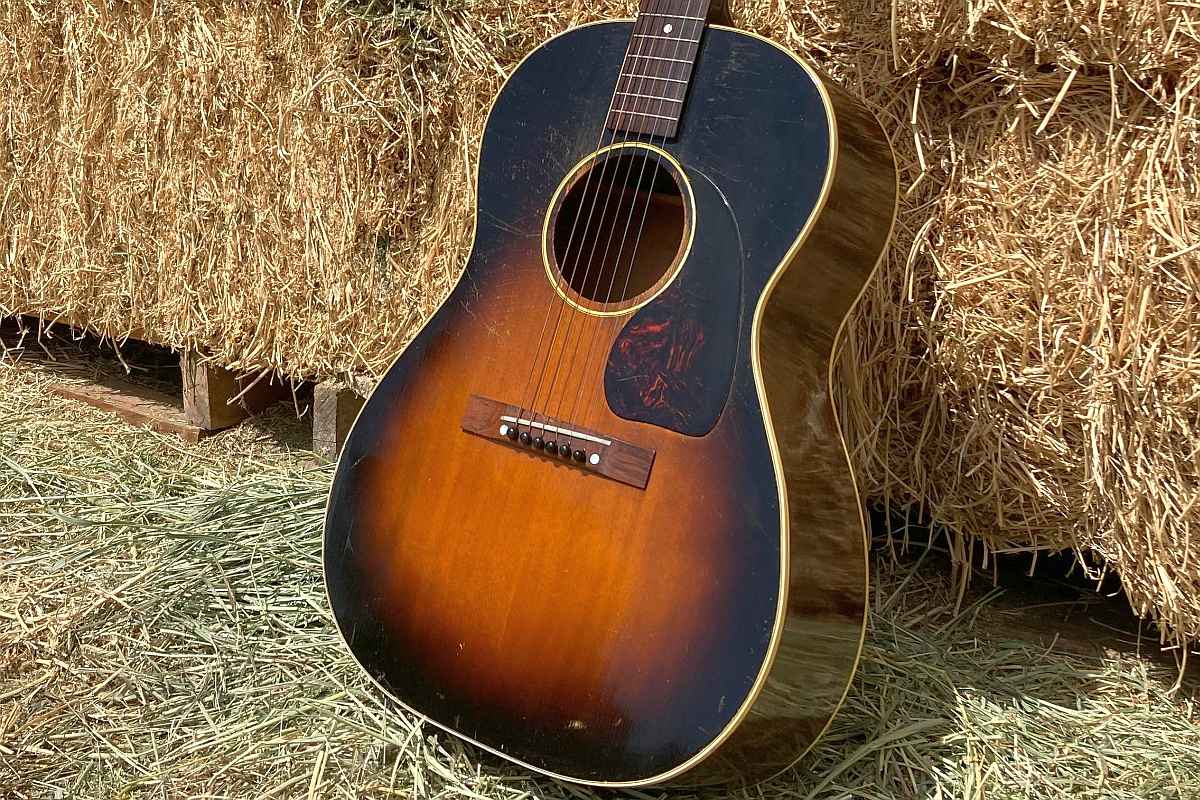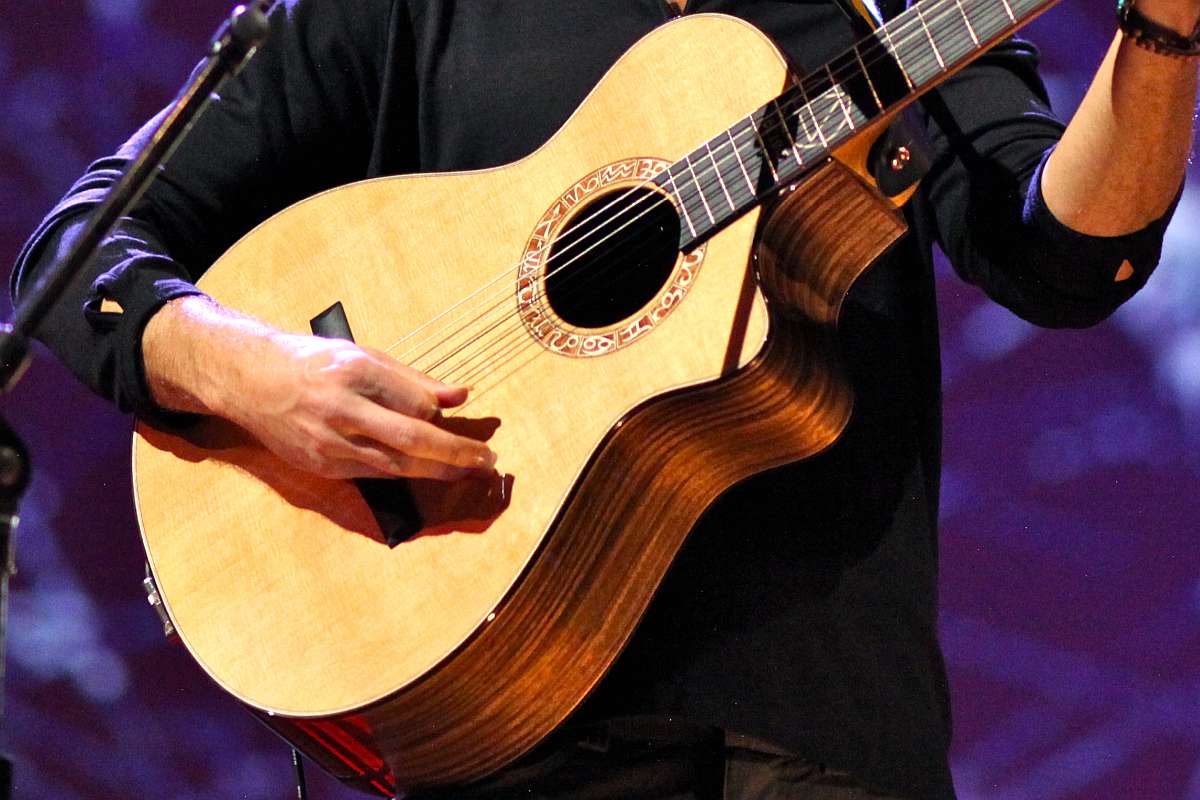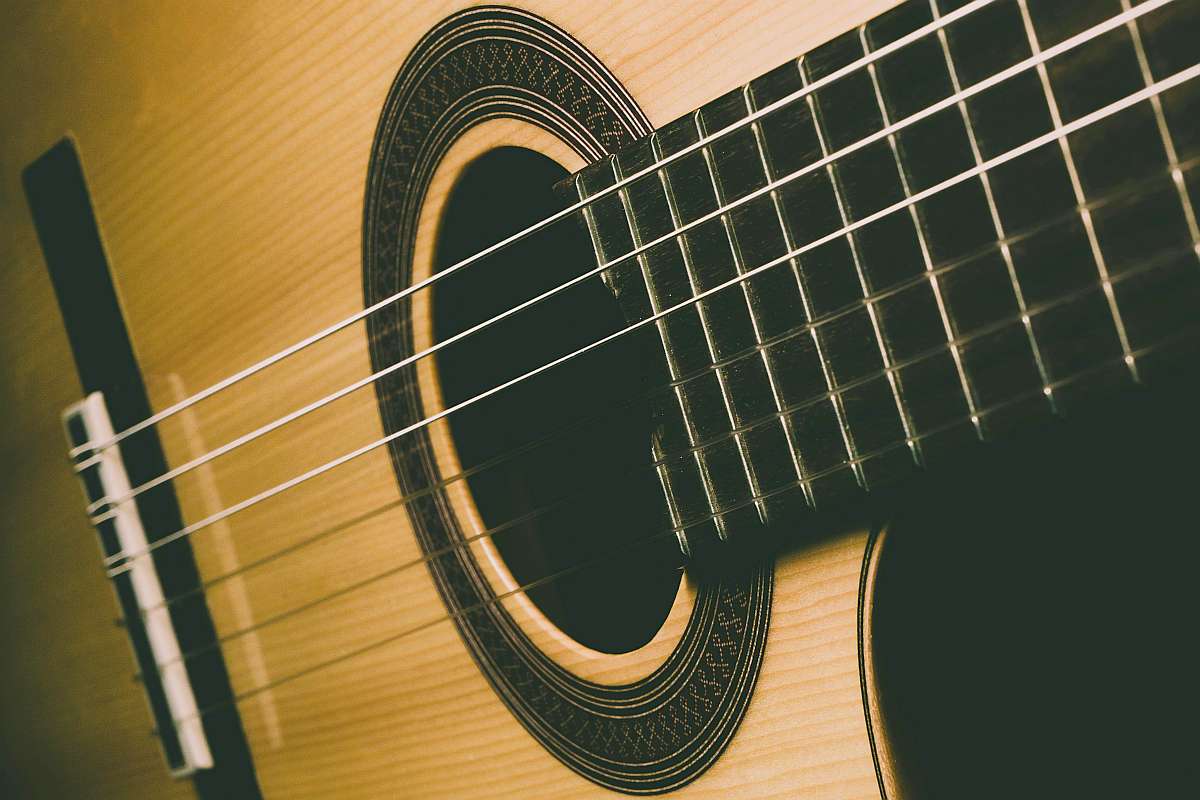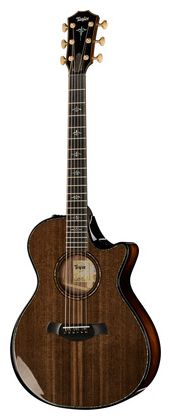Here’s what you need to know about choosing the right tonewood for playing fingerstyle guitar.
Confused about the best tone wood for your next acoustic guitar? I’ve got you covered, dear fingerstyle enthusiast.
Beyond the crucial role that it plays in influencing the sound quality of your instrument, the choice of tonewood is also a key factor in your guitar's appearance.
Also, luthiers have the flexibility and discretion to use almost any local wood as a tonewood. You may come across guitars crafted from koa, walnut, cherry, or ash.
But in this guide, we're going to look at the top seven tonewoods used in the construction of acoustic guitars. Let's delve into the 7 most prominent tonewoods best suited for fingerstyle : spruce, rosewood, cedar, maple, cypress, mahogany, and ebony .
This post contains affiliate links. When you purchase using an affiliate link, I may earn a small commission without any extra cost to you.
What's The Best Tonewood For Acoustic Fingerstyle Guitar?
Obviously, the best tonewood combination depends on your taste: some tonewoods give your guitar a warm, full sound, while others produce a bright, crisp tone. The most fashionable tonewood combination for acoustic fingerstyle guitarists is an Adriondack Spruce top and Brazilian rosewood sides and back.
This is the tonewood combination you'll find on many Taylor guitars, such as the 200 series pictured below.
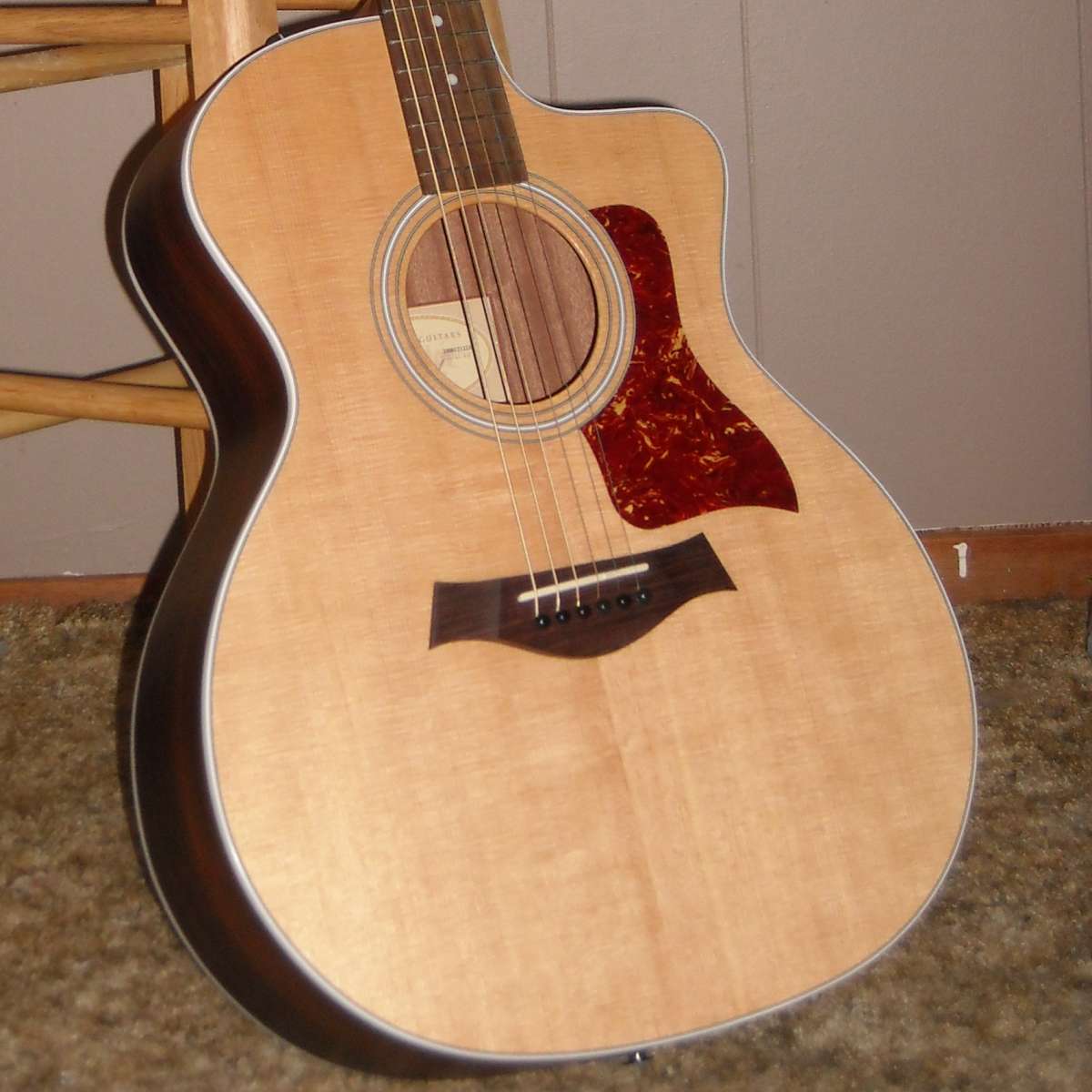
What are tonewoods, exactly?
Acoustic guitars are constructed with several different wood types, depending on the part of the guitar. The neck of the guitar is made of a solid piece of wood which is usually, but not always, a different wood than what is used for the guitar body. We're concerned with the tonewoods, which are the woods used to construct the body of the guitar.
The top of an acoustic guitar is usually, but not always, made from a softer wood than the bottom and sides. The fingerboard and neck of an acoustic guitar is crafted from a dense hardwood.
Also note that every guitar is unique, and that's due not only to the type of wood used, but also the individual piece of wood selected by the luthier. So let's look at the individual tonewoods to give you a better idea of the combination of woods you should look for in your next guitar, dear fingerstyle enthusiast.
1. Spruce
If you're a seasoned fingerpicker, you probably know that spruce and rosewood are the dynamic Yin & Yang duo of acoustic guitar tonewoods. When paired together, this tonewood combo offers a harmonious contrast that's as pleasing to the eye as it is to the ear. Let's start off by looking at a popular choice of top wood particularly enjoyed by fingerstyle guitarist Sungha Jung, which is spruce.
Popular choices for spruce as a tonewood include Englemann Spruce, Sitka Spruce, and Adirondack Spruce. The first two are more commonly used as a tonewood for acoustic guitars, mainly due to price and availability.
- Spruce is a very common tonewood used on acoustic guitars.
- It has a beautiful, creamy off-white appearance that's easily recognizeable.
- Laminate or lower quality solid spruce is common on cheaper guitar models.
Englemann spruce is sourced from Western Canada and has a creamier appearance than the slightly darker Sitka spruce. In contrast to the springy Englemann, Sitka Spruce logs are huge. Subsequently, Sitka is a much more stiff tonewood, resulting in a guitar with a sharper, denser sound.
Adirondack spruce comes from the Eastern side of the North American continent, and produces a lively, clear sound when used as a tonewood. Commonly used on acoustic guitars before WWII, sourcing AAA grade Adirondack spruce wood has become much more difficult recently owing to the slower speed of tree growth in Eastern North America.
| Advantages | Disadvantages |
|---|---|
| Excellent stiff wood suitable for construction of acoustic guitars | High stiffness not suitable for delicate playing |
| Known for its clear, decisive attack that it brings to a guitar's sound | Lacks the lush, dark overtones sometimes preferred by blues players |
Regardless of the species used as a tonewood, all spruce are known by luthiers and players alike for their mature and rich sound while offering a natural beauty and rich tone to the guitar.
2. Rosewood
You know what they say: the best food and wines come from Italy, and the best rosewood comes from Brazil.
So, pair a Master Grade alpine spruce top with aged Brazilian rosewood back & sides, and you've got yourself a premium guitar. Buy one of these incredible acoustic axes, and you're not just getting a block of wood—you're investing in a work of art that echoes with the whispers of the Amazon jungle.
- Rosewood is highly prized as a body wood, meaning it's not used for the top, but rather the back & sides of the guitar.
- It has a beautiful, dark appearance that pairs well with paler woods like spruce.
- Brazilian rosewood is highly prized and expensive owing to regulations, meaning Indian or Madagascar rosewood is more common.
Unfortunately, the South American beauty known as Brazilian rosewood has become extremely rare in recent times due to protective measures. The slightly more uniform East Indian rosewood variety has therefore stepped in to become a major player amongst the rosewoods.
| Advantages | Disadvantages |
|---|---|
| Strong low-end response provides a powerful, resonant foundation, particularly for fingerstyle | Can sound "boomy" in larger body sizes (like Dreadnoughts) if not braced correctly |
| Highly desirable aesthetics due to its darker appearance and uniform grain | Rosewood is significantly heavier than other tonewood options |
| Durability means the guitar will maintain high resale value and structural integrity over decades | Strict CITES regulations on Brazilian rosewood drive up costs significantly and can complicate international travel or shipping of a guitar constructed with this tonewood |
Finally, let's admit that Master Grade rosewood sourced from Madagascar is like the new kid in school who quickly becomes the star of the football team.
3. Cedar
If you find a spruce top guitar is slightly too bright for your taste, then you can turn to cedar for warm, rich tones. The contrast is like the difference between a lively, upbeat pop song and a slow, soulful ballad.
The rich coloration and natural luster of red cedar used in guitar construction are in obvious contrast to the dark and swarthy rosewoods or creamy spruces.
- Cedar is a softer wood, so the guitar will "break in" or improve in the higher register of the instrument, faster than one constructed with a stiffer wood like spruce.
- Cedar guitars have a reputation for sparkling trebles and boomy, less well defined basses.
- Softer woods are more difficult for the luthier to work with, meaning the guitar may face bracing or bowing issues later on..
Previously overlooked as a tonewood by many luthiers, Western red cedar sourced from interior British Columbia is popular amongst classical guitar makers, and you'll mot likely find it used on smaller body guitars. Western red cedar, also known as redwood, is actually a type of cypress and not a true spruce. Nevertheless, it's gaining traction as a fine choice for fingerstyle guitarists wishing to craft melodies that weave through time and burst with lush, deep tones.
| Advantages | Disadvantages |
|---|---|
| Extremely responsive to a light touch, perfect for fingerstyle players | Loses some clarity under aggressive playing |
| Cedar tops offer the complex overtones of spruce much faster owing to their lower stiffness | Confusion exists with the term cedar used for redwood (sequoia) and red cedar (a type of cypress) |
| Softer density allows the top to vibrate with less energy input, creating a rich sound at low volumes perfect for fingerstyle | Significantly softer than spruce, so the guitar is susceptible to scratches, dings, and bridge re-gluing issues |
Although commonly used as a top, you will find red cedar used on the back and sides of the guitar, as it's a less stiff wood than spruce.
A nylon string spruce top crossover guitar such as the Jason Mraz Signature Model (JMSM) will give your fingerpicking an authentic west coast sound.
4. Maple
Along with cypress or redwood, maple is characterized as a tonewood that adds a bright sound to an acoustic guitar. Although your thoughts may immediately stray to outdoor applications such as fencing, decking, or creating a sturdy fortress, maple used in guitar construction has nothing to do with its ability to withstand harsh environmental conditions.
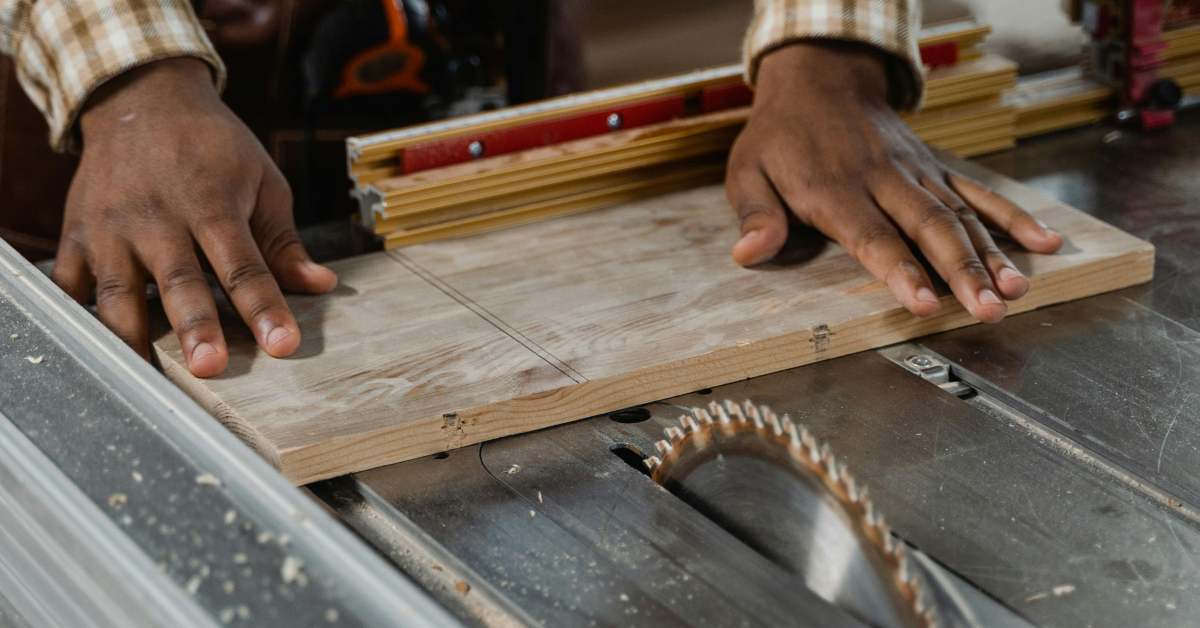
Unfortunately, as is the case with cedar, maple is somewhat misleading when referring to a tonewood, as it can refer to completely different species depending on which continent you are on.
Bigleaf maple sourced from the Pacific Northwest shows a stunning and intricate grain pattern called "figure", which adds a rustic charm and aesthetic interest to the acoustic guitar. In fact, this flamed maple is renown for its beauty in all stringed instruments, and luthiers use only this visual criterion when constructing the backs and sides of violins.
| Advantages | Disadvantages |
|---|---|
| Excellent stiff wood suitable for construction of acoustic guitars | Potentially confusing tonewood variety, as "maple" in guitar construction can refer to Bigleaf, Queensland or Sugar maple |
| Known for its clear, bright and decisive attack that it brings to a guitar's sound | Lacks the lush, complex and dark overtones sometimes preferred by fingerstyle blues players |
| All maple is sustainable hardwood that is readily available and easy for luthiers to work with | Queensland Maple is visually plain compared to figured or flamed Bigleaf maples, or more exotic timbers |
In Australia, Maton Guitars uses Queensland maple (also known as silkwood) to construct the back and sides of their signature Tommy Emmanuel model, as well as the neck of their smaller 808 model from the artist series.
Queensland maple creates both a durable instrument and a guitar with an exceptionally clear, bright tone. It's suitable for fingerstyle playing, all the while being totally unrelated to the North American tonewood.
5. Cypress
Unlike the dark, mysterious Rosewood or the fiery hues of maple, cypress, with its honey-like hue and lightweight nature, is the tonewood of choice for constructing the sides and back of a flamenco guitar. When paired with a spruce top, this contributes to the guitar's lighter weight, making it easier to hold without a strap, in flamenco position. Picture a lion purring like a kitten, because flamenco guitars are designed for a different kind of roar.
| Advantages | Disadvantages |
|---|---|
| Extremely lightweight and crystalline in density, producing a sharp, percussive attack that responds instantly to fast techniques like rasgueado | Has very little sustain compared to denser woods like rosewood or maple |
| Produces a characteristic "raspy" or "metallic" quality known as the flamenco growl | Preferred by classical guitarists, this tonewood is rarely found on steel string guitars |
| Traditionally stable and resistant to warping once cured, and smells wonderful for decades | High-quality traditional Spanish stock is becoming increasingly expensive and harder to source |
In short, cypress is the body wood of choice to lend a brighter sound to the flamenco guitar, in stark contrast to denser tonewoods used in the back & sides of a classical or acoustic dreadnought guitar.
6. Mahogany
Known for its durability, stability, and ease of construction, mahogany is a prized tropical hardwood which, like maple, is often used in fine furniture, cabinetry, and of course constructing musical instruments.
| Advantages | Disadvantages |
|---|---|
| Produces a "dry," "woody," and fundamental-heavy tone with very few ringing overtones, which allows the guitar to sit perfectly in a recording mix without clashing with vocals or other instruments | The lack of complex harmonic bloom can make the instrument sound "boxy" or "one-dimensional" to solo fingerstyle players |
| Offers a natural "compression" that smooths out the volume and is forgiving for aggressive players | Because it is a dense hardwood, it may sound unresponsive or quiet when played with a very light touch |
| Has a beautiful dark appearance prized by guitarists as well as luthiers and woodworkers | Sometimes confused with African mahogany, which is significantly softer and more properly referred to as okoume |
High grade wood from the mighty Mahogany tree are crafted into all parts of the guitar, including the top where softer woods are typically used. Choosing a hard, heavy wood lends a sonorous depth and a robust timbre that does take time to show its quality.
A less expensive but equally elegant choice is okoume, which is sometimes referred to as Equatorial or African mahogany owing to the similarity in appearance to genuine mahogany.
7. Ebony
Finally, we come to Macassar Ebony, the heavyweight of tonewoods, gives the guitar's back and sides a striking look with a bass that rumbles like thunder. Its dark hues are a visual symphony, streaked with dusk while not being totally opaque. This exotic timber is the Rolls Royce of woods, with a price to match.
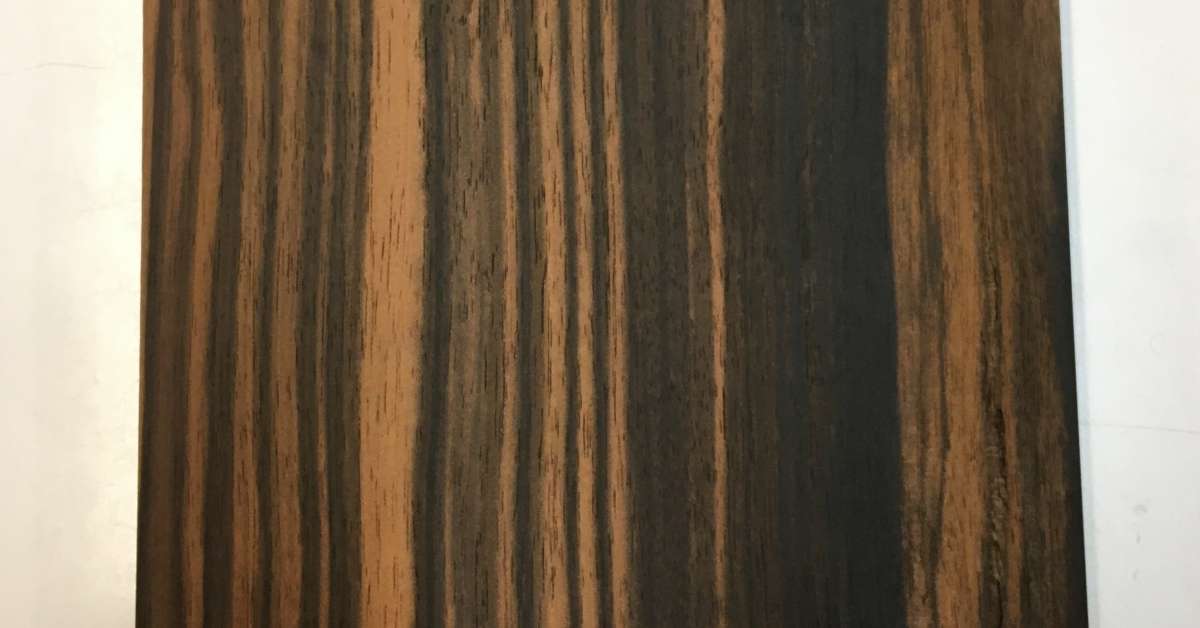
Ebony is prized for its dense and durable nature, making it a popular choice for high-end furniture, musical instruments, and decorative items. is also a tactile delight on the fretboard. The distinct veining and fine lines of marbled ebony create a more visually captivating and aesthetically pleasing appearance than the jet-black version in my opinion.
Whether used as a fretboard material or as a tonewood, mahogany's dense and unyielding characteristics will charm like a well-cooked meal, where each ingredient complements the others.
| Advantages | Disadvantages |
|---|---|
| Extremely hard and durable surface makes it the industry standard for fingerboards | Solid ebony bodies are rare and highly susceptible to cracking if humidity is not strictly controlled |
| Provides a very fast, articulate attack with almost no damping | High density makes for a heavy wood, especially when used for back & sides |
| Ideally suited for percussive styles of fingerstyle playing | Macassar ebony from Southeast Asia is significantly less dark than Gaboon ebony from Africa |
Just like cocobolo or rosewood, macassar ebony is fast becoming a replacement for Brazilian rosewood in the construction of higher-end fingerstyle guitars.
With so many options, coupled with ever-evolving tastes and regulatory changes, means that now more than ever, you need to be aware of the different types of tonewoods before choosing an acoustic guitar for your fingerpicking needs.
Whether that's going for a noble sound with a softer touch, or seeking an old soul vibe, choosing the right tonewood makes it possible for you to customize your fingerstyle guitar sound like a tailored suit.


